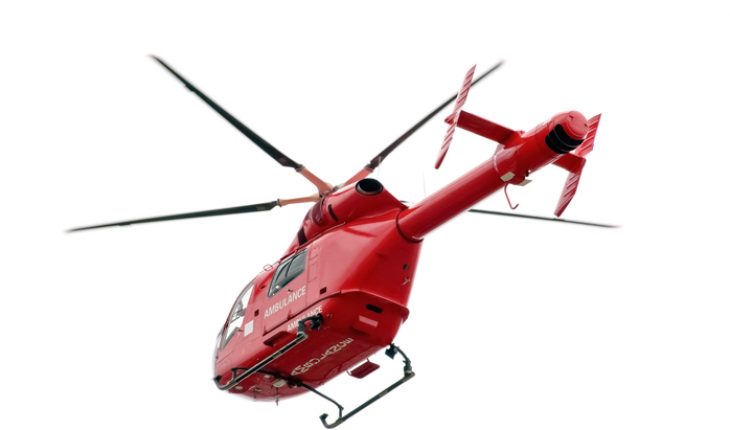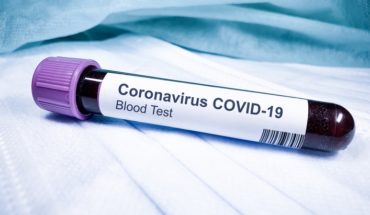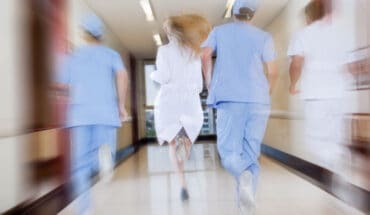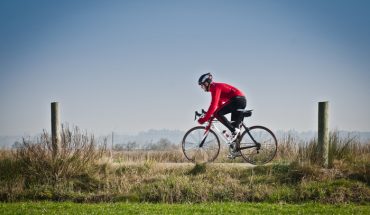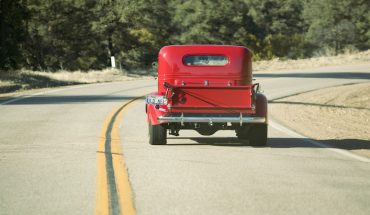Would you know what to do if you were first on the scene of a terrorist outrage where dozens of people were injured and dying?
Last week, ordinary members of the public found themselves in exactly that position, faced with unimaginable scenes of suffering and carnage in the aftermath of the terrorist attack in London on Westminster Bridge and in the Houses of Parliament.
Many did what they could to stem massive bleeding, give CPR and comfort to the victims but many others held back, unsure what to do until paramedics arrived. ‘There is a well known phenomenon called the ‘bystander effect’, where everyone does nothing because they assume someone else knows what to do,’ says Joe Mulligan, head of First Aid education at the British Red Cross.
‘There is a well known phenomenon called the “bystander effect” where everyone does nothing because they assume someone else knows what to do.’
‘Call 999 and do something to help. All the research we have done shows that the first people on the scene are absolutely crucial to the outcome for the victim. It took the first ambulance six minutes to arrive at the scene on Westminster bridge – more than enough time to save a life.’
Remember that first aid is a humanitarian act.
‘Many people were pictures cradling injured victims and comforting them on Westminster bridge and this is a very important part of first aid – connecting to the injured person,’ explains Joe Mulligan. ‘Reassurance has been shown to be beneficial and improves a person’s chances because stress levels decrease. It calms the person and it also gives the first aider valuable thinking time to assess the situation and decide what to do next. Trust yourself and don’t be afraid to show compassion.’
What about the children?
In the Cannes lorry attack last summer, many young children were among the victims, some still in their prams. Sadly, small children have less blood volume and therefore can bleed to death more quickly than adults. They also have smaller lung capacity so damage to lungs can be more deadly.
According to Alan Weir, Clinical Director at St John Ambulance, children over the age of five should have the same first aid as given to adults, with adjustments for size. ‘It’s a question of scale. Obviously, CPR on a child under five should involve administering pressure to the chest with one hand rather than two. Breaths can be shallower so as not to over-inflate the lungs.
Giving CPR to babies is a much more delicate procedure, with just two fingers used to apply regular pressure to the chest and the whole mouth and nose are covered with the first aider’s mouth who gives small breaths at regular intervals.
To tourniquet or not to tourniquet?
It might seem like a good idea to tie a tight ligature around a bleeding limb but there is evidence that wrongly using a makeshift tourniquet can make blood loss worse. ‘It should only be used in a small number of cases where bleeding is catastrophic, and if direct pressure is not working,’ says Emma Hammett.
First aid at work courses already include an option on how to correctly use a tourniquet, but even this is controversial. The recommendations remain that heavy bleeding should be treated first with direct pressure and packing the wound or using a tourniquet are second line treatments when direct pressure is insufficient or impossible.
Crush injuries and falls
People who have been crushed by speeding vehicles or by falling masonry are likely to have internal injuries ranging from burst spleens to torn arteries, broken bones and tissue damage. ‘Follow the 15 minute rule,’ advises Emma Hammett. ‘If you can get someone out of a situation where they are crushed, then try it. If they have been crushed for longer than 15 minutes, leave them where they are. Removing them can suddenly release a flood of toxins which build up in crushed limbs and then travel freely throughout the body, causing toxic shock. Loss of fluid may make someone with crush injuries thirsty but it is never a good idea to give anyone food or drink who may need to undergo emergency surgery,’ explains Alan Weir.
If a crush victim is unresponsive and not breathing, attempt CPR if possible where they are. Treat obvious signs of external bleeding by applying direct pressure to the wound site.
Unfortunately, people who fall from heights often do land head first. ‘The head is the heaviest part of the body and this is the position it assumes as it falls through the air,’ explains Alan Weir. ‘Expect to see head and spinal injuries. It may be necessary to try and resuscitate them if they are unconscious and not breathing. Minimise movement unless absolutely necessary.’
- Biden Declines Second Term: Health Concerns - 23rd July 2024
- New catheter coating stops bacteria cells from swarming - 10th June 2024
- AI-designed catheters could dramatically reduce urinary tract infections - 10th June 2024

